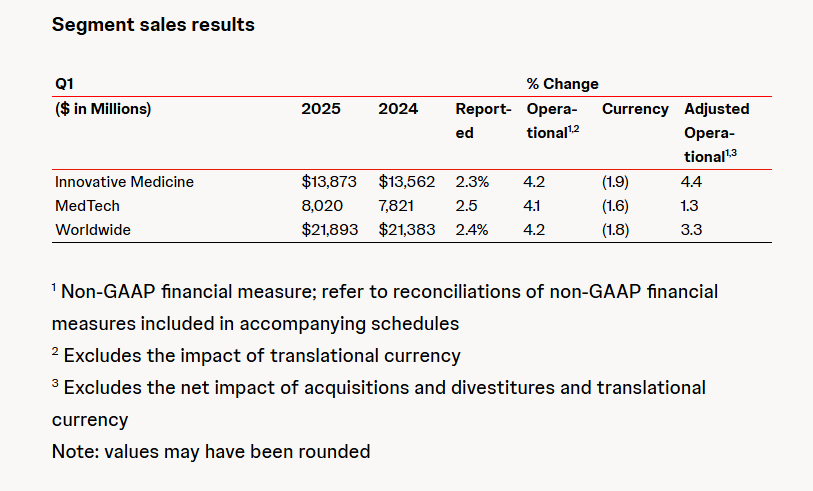Trump's auto tariffs spark fierce backlash, U.S. Chamber of Commerce: Will harm rather than help the U.S. auto industry
On Wednesday, auto stocks, including General Motors and Stellantis, plummeted as manufacturers awaited President Trump's latest tariff announcement. The Dow Jones U.S. Automakers Index fell 5%, with Tesla's shares dropping 5.6%. Industry estimates suggest that the impact of the tariffs could lead to an increase in U.S. car prices by up to $10,000.
On Wednesday, President Trump announced at the White House that he would impose a new 25% tariff on foreign-made cars and light trucks. Trump stated that the new tariff would take effect on April 2, "We will start collecting it on April 3," he added, noting that the tariff would not affect cars manufactured in the United States.
At a press conference, Trump said, "This will lead to the construction of many factories, in this case, many automobile plants." Trump indicated that he expects tariffs to drive the growth of the U.S. automotive manufacturing industry, thereby lowering consumer prices. He also hinted that if cars are produced in the U.S., the White House might advance a plan allowing consumers to deduct car loan interest from their tax bills.
"I believe our automobile industry will have an unprecedented boom," he said, adding that a 25% auto tariff would come with "very strong" regulations. "This is permanent. One hundred percent," Trump said.
However, experts say that expanding tariffs to include cars and auto parts would impose high costs on consumers, automakers, and their suppliers. Additionally, experts note that adjusting manufacturing supply chains typically takes years, not weeks. It is reported that approximately one-fifth of the cars and trucks sold in the U.S. are manufactured in Canada or Mexico. In 2024, the U.S. imported vehicles worth $79 billion from Mexico and $31 billion from Canada. As for auto parts, imports worth $81 billion came from Mexico, and $19 billion from Canada.
John Murphy, Senior Vice President of the U.S. Chamber of Commerce, stated in an interview: "The tariffs announced today will harm rather than help the American automotive industry, jeopardizing many jobs in the U.S. and leading to the hollowing out of American automotive manufacturing. These auto tariffs are imposed on top of the steel, aluminum, and goods tariffs on Canada and Mexico. More reciprocal tariffs are expected to begin on April 2, with tariffs in the automotive sector piling up to an alarming level."
KPMG Senior Economist Ken Kim wrote in a report on Wednesday that auto and parts orders rose 4% in February, marking the largest increase in three years. This growth was due to the automotive industry locking in prices before tariffs took effect. He wrote that industry estimates suggest new vehicle prices could rise by between $2,000 to $10,000, or even more, which would represent an increase of up to 20% from the current average price of $48,500.
"Consumers are already feeling the pinch of high inflation," he wrote. "This is ' sticker shock'."
Scott Lincicome, vice president of general economics at the Cato Institute, a U.S. think tank, said that car tariffs would not only raise car prices but also harm U.S. automakers. He wrote that since the 1990s, experts in the automotive industry have long recognized that free trade and investment have driven the growth and stability of the automotive sector.
"This is why in 2018, when Trump threatened to impose new tariffs on auto products, basically all of America’s major business groups – including the Alliance of Automobile Manufacturers (which includes Detroit’s automakers), the Association of Global Automakers, the Motor & Equipment Manufacturers Association, the National Association of Manufacturers, the U.S. Chamber of Commerce, and the Business Roundtable – as well as all the auto manufacturers based here, were opposed to them."
【Copyright and Disclaimer】The above information is collected and organized by PlastMatch. The copyright belongs to the original author. This article is reprinted for the purpose of providing more information, and it does not imply that PlastMatch endorses the views expressed in the article or guarantees its accuracy. If there are any errors in the source attribution or if your legitimate rights have been infringed, please contact us, and we will promptly correct or remove the content. If other media, websites, or individuals use the aforementioned content, they must clearly indicate the original source and origin of the work and assume legal responsibility on their own.
Most Popular
-

Overseas Highlights: PPG Establishes New Aerospace Coatings Plant in the US, Yizumi Turkey Company Officially Opens! Pepsi Adjusts Plastic Packaging Goals
-

Abbott and Johnson & Johnson: Global Medical Device Giants' Robust Performance and Strategies Amid Tariff Pressures
-

BYD releases 2024 ESG report: Paid taxes of 51 billion yuan, higher than its net profit for the year.
-

Behind pop mart's surging performance: The Plastics Industry Embraces a Revolution of High-End and Green Transformation
-

The price difference between recycled and virgin PET has led brands to be cautious in their procurement, even settling for the minimum requirements.



